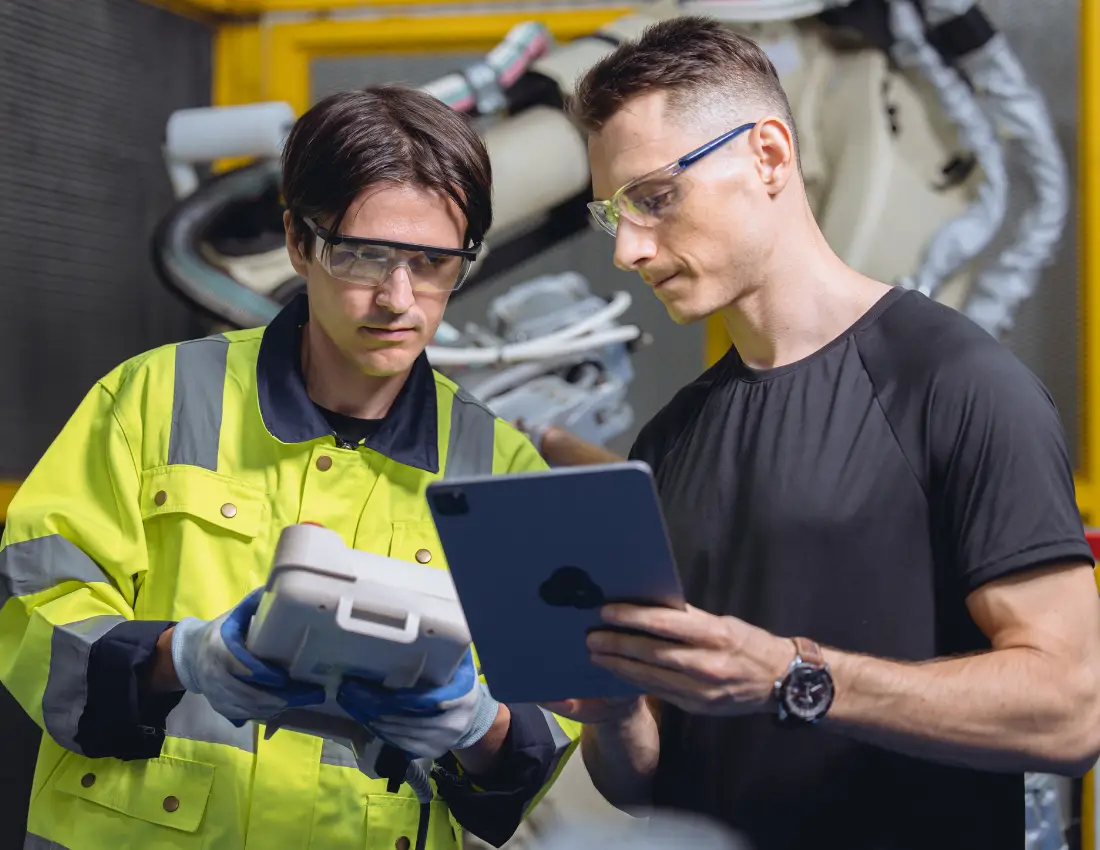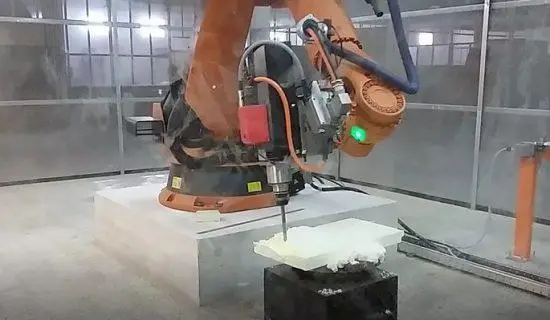
Which manufacturing task should you automate?
Manufacturing robots refers to a common practice of automating repetitive, tasks across the manufacturing process. The company objective is to reduce manual errors, increase production tasks and save costs. There are many manufacturing robots for sale but not all of them suit the automation task you want to achieve.
This simple question needs a clear answer, it is important before starting in automation to have a clear objective of which tasks need to be automated.
Criteria for Selecting the Right Robot
In summary, the criteria for selecting the right robot automation for any manufacturing applications are:
- Tasks with high error rates in the process
- Dangerous or arduous tasks for workers
- Manufacturing processes with an automatic task but require manual intervention
- Night shift tasks
- Repetitive tasks
- High-quality products
- Tasks that need skilled workers
- Manually triggered processes

Dos of Robotic Automation
Industrial robots are widely used in car manufacturing, but they are not only relevant for large enterprises; small and medium enterprises (SMEs) can benefit from them as well.
Everything we do requires a plan to avoid increased costs or rework of the project. It is crucial to understand how to start; we aim to provide a guide as a robot integrator and also as one of the automation companies in the UK.
Walkthrough of the Existing Process
Before automating a process, it is important to conduct a walkthrough of the existing process with the responsible manager or individuals involved. This applies to both large enterprises and SMEs.
Write a Detailed Process Document
Prepare a detailed process map including all elements that need improvement, such as the following:
- Purpose
- Scope
- Trigger and Output
- System in Scope
- High-Level Process in Scope
- Detailed Process Description
- Process Details
- ScreenShots
It is always beneficial to revisit this document after the system is installed, during the installation, or throughout the robot automation process.
Create a Diagrams Process Map
The detailed process document serves as a useful reference and saves a great deal of time, but a diagram or process map helps you visualize the entire process. It illustrates the interaction between process components and emphasizes that concept phase of the investment lifecycle while describing the conceptual design of the proposed system.
This document provides a framework for more detailed requirements and design activities in later phases of the project. Therefore, if the process is complex and it is necessary to create multiple integrated workflows, the diagram can be reused for each step of the automation.
Don’ts of Robotic Automation
Here are some common mistakes that must be avoided during the manufacturing robots process.
Selecting the wrong industrial robot
Not all industrial robots are suitable for every robot application. It is not easy to initiate automation; if a manufacturing process is incorrectly automated, it might lead to a waste of time and money. It could even render the whole exercise a failure.
Readability of simple script code
It is often assumed that the developer is the only one who needs to read the code. This is a primary reason why code readability is frequently overlooked. However, developers should not retain code for long periods. For instance, programming robots with simple, well-structured, and understandable code helps companies avoid future issues.
Moreover, a new developer may not comprehend the code written by the original developer. Therefore, employing best practices for readability is essential for both new and experienced developers.
Rushing into automation
Companies may rush through the design process without finalizing it, exposing themselves to errors, incorrect robot automation, or a lack of understanding about the entire process, which leads to poor decisions.
It is important to allow scope for future modifications or expansion. Review the scope document carefully and ensure to include a robot integration deadline.
Maintenance and breakdown
Planning for breakdowns and future maintenance is often neglected. Keep a proper maintenance program to prevent breakdowns.
The goal is to test each component after automation, providing proper robotic training to staff to minimize breakdowns due to a lack of knowledge. Furthermore, to ensure the manufacturing robot team stays in sync with automated systems, consider periodic demonstrations of the overall process performance.

Search for the right Robot Integrator
There are many system integrators, but not all have experience with robot integration. It is crucial to request actual case studies, especially those relevant to the applications the company plans to implement.
Market knowledge is essential, and an integrator must stay updated on emerging technologies. Therefore, it is recommended to meet with the integrator, as they can help the company understand the steps involved in the integration process. Click the image to learn more about industrial robots.
How much do manufacturing robots cost?
The cost of manufacturing robots varies depending on the tasks they will perform, the payload, and the automated equipment included in the system. Please check out our Robot Automation System ROI Calculator for an estimate of the costs. Additionally, it is essential to consult a system integration company that can help reduce the overall project expenses.
Phoenix aims to provide guidance on the do’s and don’ts of manufacturing robots, but it is crucial to consult a robot integrator to customize your entire project according to your specific needs. Contact us for a free consultation or explore robot applications: milling robots, welding robots, and more.
Robotics and Automation: Pioneering the Future
At the forefront of technological innovation, our company is dedicated to the seamless integration of robotics and automation. With a relentless pursuit of excellence, we are revolutionizing industries, enhancing efficiency, and shaping the future of work. Our cutting-edge solutions empower businesses to unlock new levels of productivity, precision, and scalability. Together, we are forging a world where humans and machines collaborate harmoniously, driving progress and transforming the way we live and work.
Stay Connected
More Updates

The future of Robotic Automation Systems
The future of robotic automation systems is here with new technologies. It could be the start of a new era of working with robots cooking, robot serving food, robot surgery, or what about robots in the construction, lawyers, architecture design? Who knows what else we will hear about working with robots in the near future!

Skilled worker shortage vs robot manufacturing
Manufacturing robots refers to a common practice of automating repetitive, tasks across the manufacturing process. The company objective is to reduce manual errors, increase production tasks and save costs.

Can Robot milling replace a traditional CNC machine?
Robot milling can now replace a machine tool in certain applications, bringing a high level of flexibility to use different tools in the 3D space. Robots are capable of producing the highest quality complex and unusual geometries parts. For example, robotic milling systems can have flexible tooling for specific material removal.
